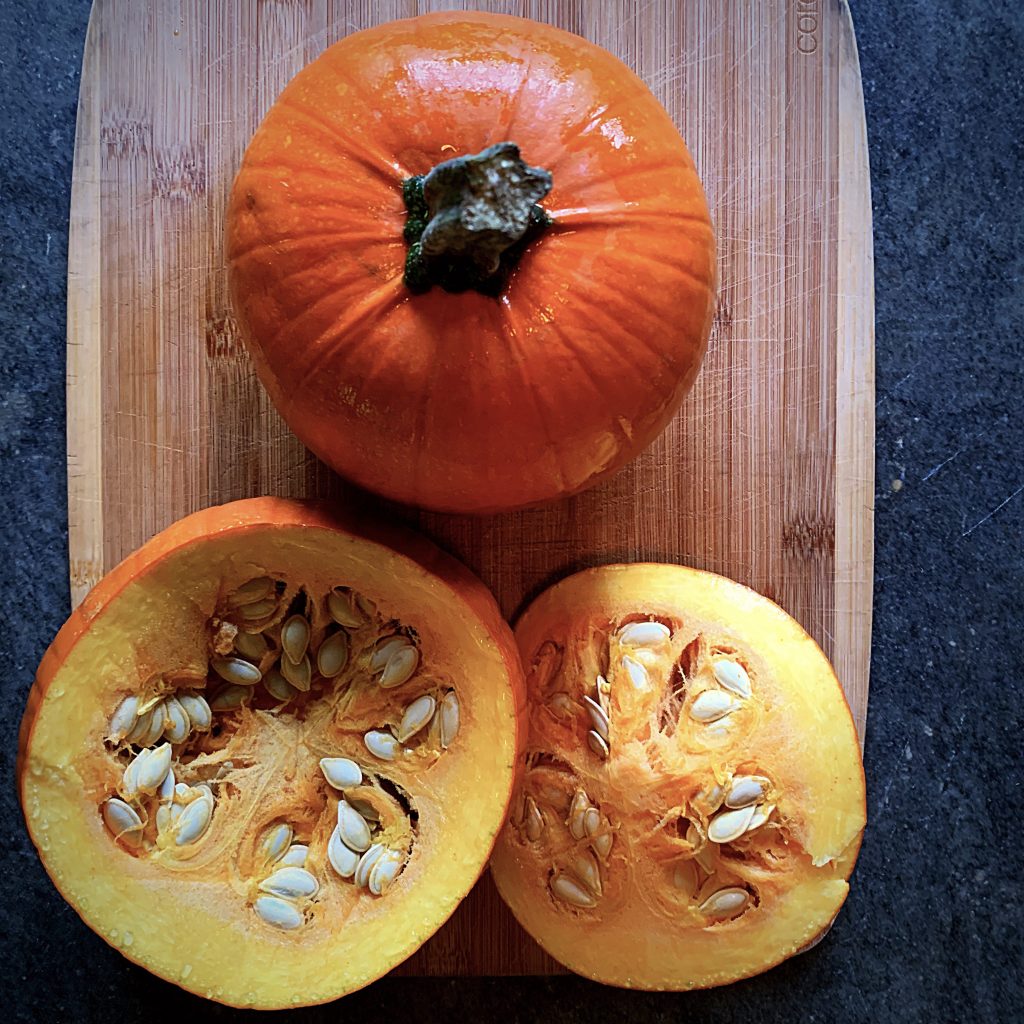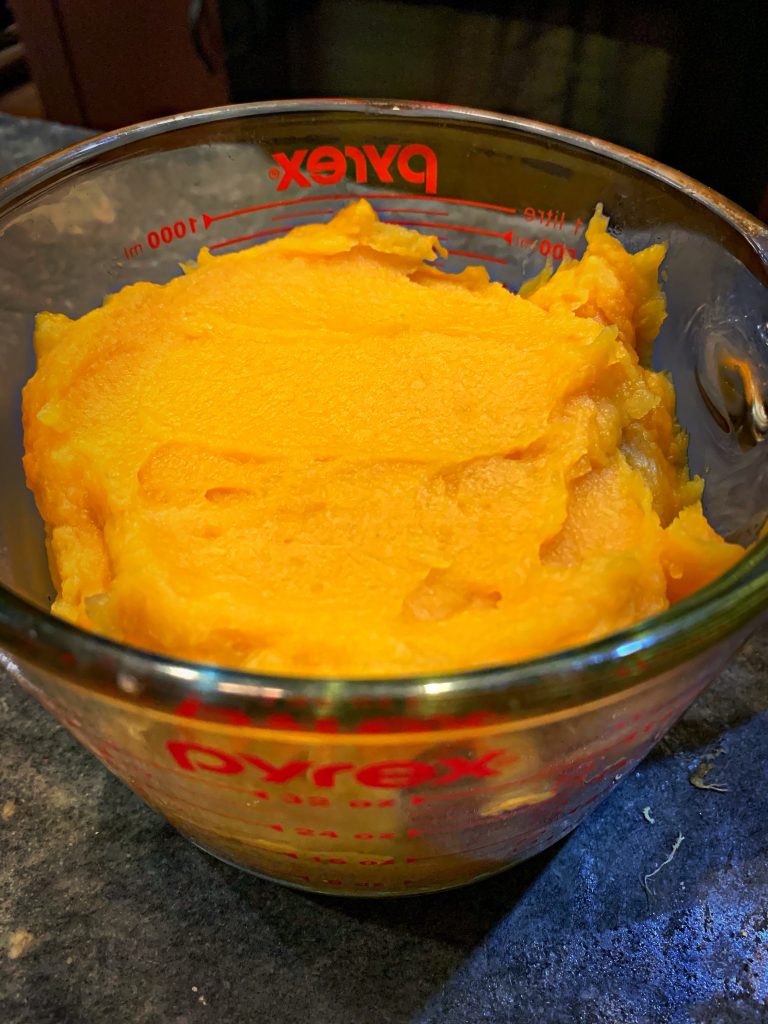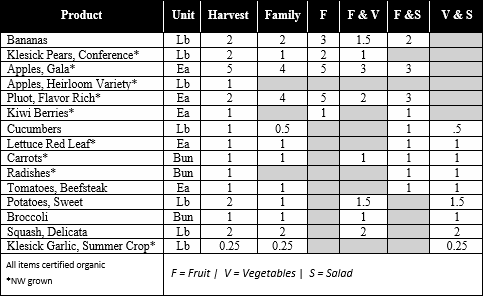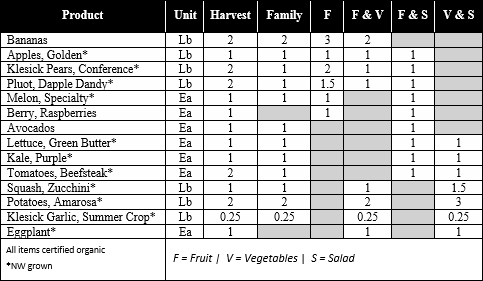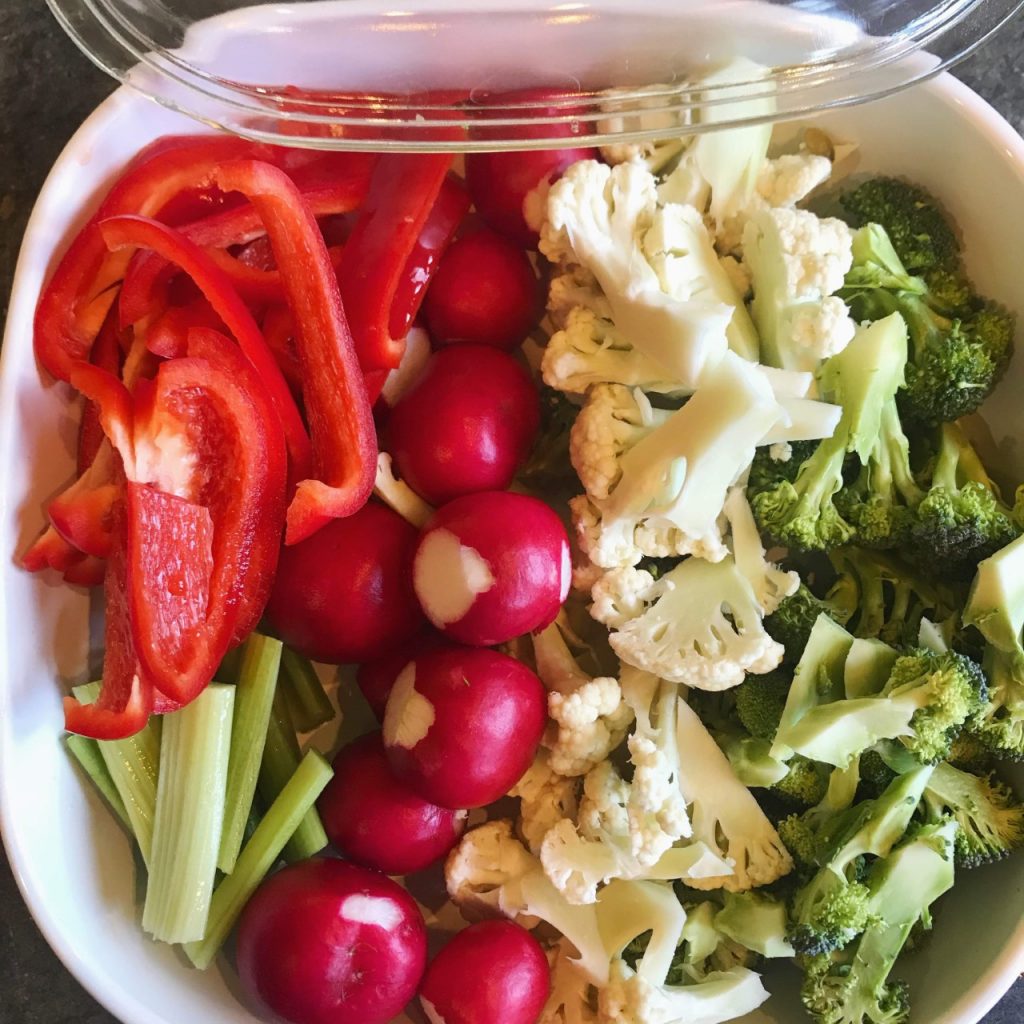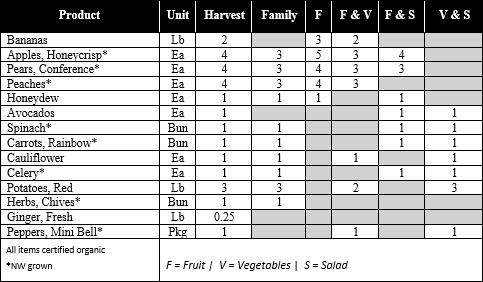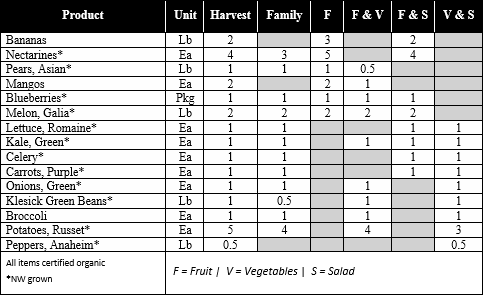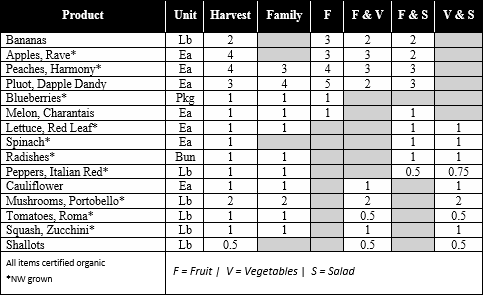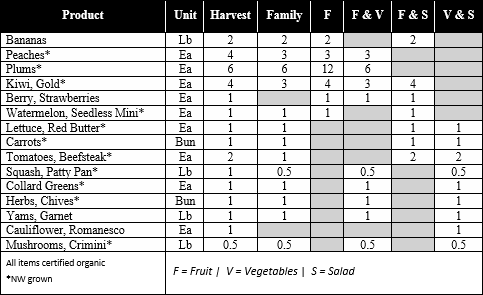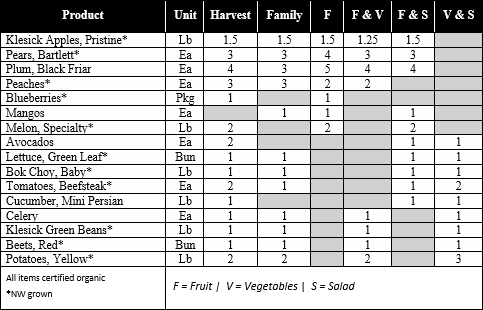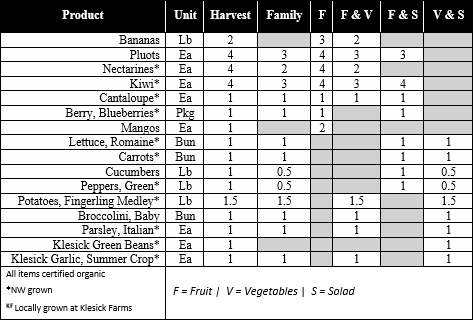As a culture, we have anecdotally, though
incorrectly, placed farming and technology at opposite ends of the spectrum.
Particularly with organic farming, our first visuals stem from old black and
white pictures of grandma and grandpa, with one holding a pitchfork, the other,
some corn stalks. Or there was the Back-To-The-Land Movement in the 60s and
70s, where we opted out of most of the modern comforts and efficiencies to do
things “how they used to be done”. They were labeled “Hippies” in that era, and
they still exist today, but now they’re called Recovering Millennials.
It wasn’t an accident that this movement began in
the 60s. As the war ended and troops returned home, the country shifted its
industrial prowess from producing tanks, bombs, and planes, and these talented
individuals turned their sights on the next fastest-growing industry: the
American family. Many of the companies we know and put up with today have their
roots (and patents) incorporated around the forthcoming advancements and
inventions. The deep pockets of the military budget (then, and
now still) enabled the research and development of many things we
hold dearly, but none more so than nearly every invention along the way to
our first digital computers, and even the early Internet, known as DARPANET.
Our modern computer would not be
possible without both the war and women. You see, our computer was simply the
response to very large, technical, and complex problem, and few had the
resources at hand to solve it besides the US military: how do you accurately target
dropping bombs from airplanes, or firing shells from moving ships? Known
as ballistic trajectories, you can imagine all the
variables that go into these calculations: wind speed, type of shell,
angle of the turret, speed and direction of the ship or plane, gunpowder used,
air pressure, distance to target, and the ever-present Coriolis
Force. These weren’t so much problems of war, but problems of
math. With miniscule changes to any one of the variables, each trajectory
needed to be re-computed. As the overall range of the
shells greatly increased in the early 1900s, you could no longer
depend on sight to determine the accuracy. And so we hired computers. No, not machines. Just
like we call people who swim, swimmers, and people that
build, builders, people that computed were computers.
Most notably, women. Teams of women. Entire buildings of women, computing
ballistic trajectories. Talk about war heroes! They would later be hired to
calculate flight trajectories for early space travel, as shown in the
movie Hidden Figures.
As the 50s roared on and machines took over computing,
the American Machine drilled its way deep into the home, then it went
straight for our food. The Back-To-The-Land Movement, and later the organic
label, was simply a reaction to the unnerving trend towards quantity over
quality. We’ve long worshipped at the altar of scale, where the products that
rise to the top of our food system exist mainly because they are long-lasting,
uniform, shelf-stable, processed, transportable, consistent, and cheap.
Unfortunately, there are many hidden and deferred costs
to cheap food, and it turns out scale has
downsides as well. Prioritizing foods that sell well over foods that digest
well might not be very smart in 10 years.
We now have terms for firms that operate at
unprecedented scale: Big Pharma, Big Data, Big Tech, Big Ag, Big Oil, Big
Banks. We even say they’re too big to fail! On the contrary, my peach tree
would argue that when I neglect to trim and thin and it gets too many big
peaches, it fails spectacularly! Snap, Crackle, Pop! 🙁
We have gone through a vicious cycle of scaling
up our homes (cookie-cutter subdivisions), our food (big-box, fast food),
our work (computers, skyscrapers), our sports (TV), our shopping (malls, ecommerce,
China), our travel (freeways), and now we seem to be stuck in a season of
scaling our entertainment, distraction, and notifications (phones, streaming).
When we get bored of one, we move to the next, and there seems to be a lot of
unnecessary suffering created in the margins near the altar of scaling
anything. The low-hanging fruit of endless ramping-up appears to have served us
well, but there are rumblings and groanings that the consequences are coming
back to balance out the scales.
The organic movement was simply a conscious
choice or discipline to do things how they should be done, rather than how they
could be done. Plenty of our technology exists simply because we can, with
precious little thought as to whether we should. But just like our need for
organic labeling came about, we’re now seeing our technology wrestle in the
same arena with things like the Center for Humane Technology and Time Well
Spent. Organic farming and now our technology are together, oddly, pushing back
on similar encroachments.
When a system is too big to fail, that’s a good indicator that something is broken, deeply, at the root. And a broken food system can hardly be fixed by calling your senator, attending a conference, choosing a diet based on book sales. Sometimes, all that’s left is to simply opt-out. By getting your Box of Good, you are opting out.
-Tobin
